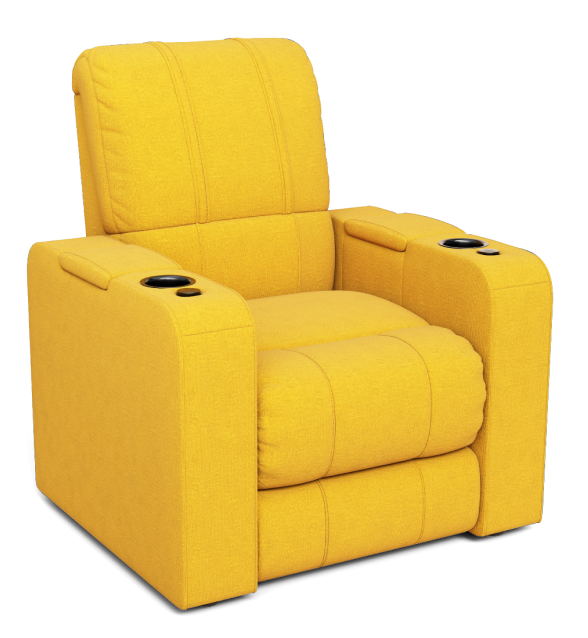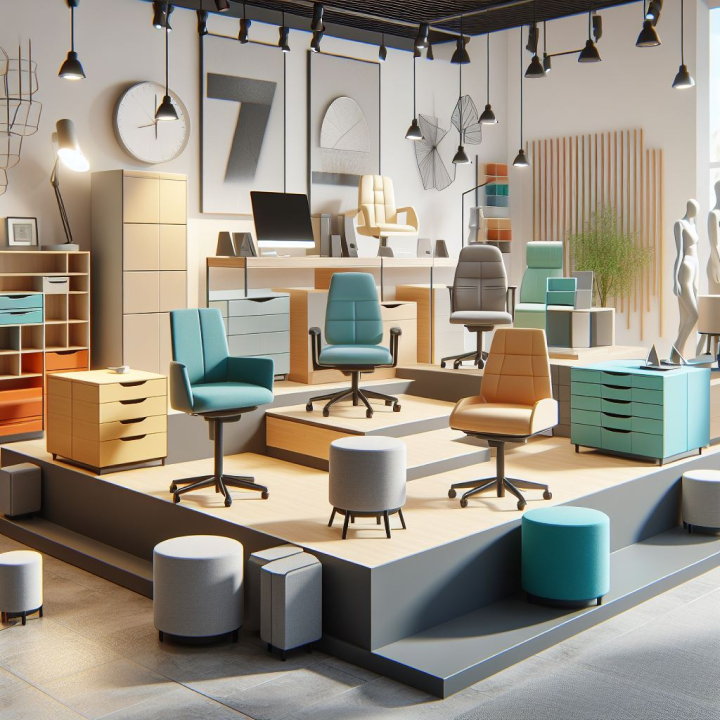In today’s world, where online shopping is becoming increasingly popular, customers expect high-quality images of products. However, creating such images can be a costly affair for businesses. To tackle this issue, many smart brands are turning to 3D product images as a cost-effective alternative to traditional photography.
The shift towards online shopping has been accelerated by the pandemic, with online sales in the United States growing by a record 32% in 2020 compared to the previous year. This has forced many companies to rethink their business strategies, especially when it comes to product photography. With the costs of traditional photography skyrocketing, businesses are looking for innovative ways to create product images that are both high-quality and cost-effective.
By using 3D visuals instead of traditional photos, businesses can save significantly on costs while still providing customers with top-quality images of their products. In addition to being more cost-effective, 3D visuals also offer greater flexibility and versatility in terms of customization and personalization.
One of the most significant advantages of using 3D visuals is that they can be easily updated and modified as per the changing needs of businesses. For instance, if a company wants to change the color or texture of a product, it can be done quickly and efficiently with 3D visuals. This is not possible with traditional photography, which requires a new photoshoot every time there is a change in the product.
The Significance of Product Visuals
Recent research has brought to light the vital role of product imagery in the world of online sales, and it goes far beyond simply presenting a product. We humans are wired to be visual shoppers, and images have become a cornerstone of marketing products effectively. This has led to a significant transformation in the product photography industry, which has grown substantially, surpassing its earlier forms rooted in glossy magazines and catalogs.
Comparing the online shopping landscape of today to that of 2020, one can observe a remarkable shift in consumer expectations. Back then, people might have been content with just three images of a product, but now they prefer to see about eight images before making a purchase decision.
The Impact of 3D and AR in E-Commerce
In response to this escalating demand for visual content, companies are on a race to provide more than just traditional product photographs. Technological advancements, such as 3D and augmented reality (AR), are altering the way customers experience products. According to Shopify, products featuring 3D/AR content have proven to be immensely effective, boasting a 94% higher conversion rate compared to those lacking such features. Furthermore, an increasing number of customers now expect a broader range of content beyond the standard product pictures. This includes video presentations, 3D product images, and immersive augmented reality experiences.
In essence, businesses are not only enhancing the customer experience but also finding ways to save money by embracing these technological advancements. By delivering a more interactive and engaging shopping experience, companies can make sales more effectively and efficiently, thus yielding substantial benefits for their bottom line.
Is Traditional E-Commerce Photography Outdated for Saving Money?
The rapid change in how people shop, partly accelerated by the pandemic, is clear evidence of a shift towards a more digital way of life. However, there’s more to this transformation than meets the eye.
In the world of e-commerce, traditional photography presents a significant financial challenge. It’s not just about hiring a photographer; it involves stylists, lighting experts, studio rentals, and the complex logistics of moving products. This can be especially burdensome when supply chains are stretched to their limits.
Recent research conducted by Tulfa comparing the costs of traditional photography with 3D visualizations reveals that 3D is, on average, six times more cost-effective. Consider this: a typical five-furniture product photo shoot costs around $11,076, but by embracing 3D technology, you can save more than 85%. This translates to substantial financial savings.
Saving Money and Enhancing Shopping
The advantages of 3D go beyond cost-cutting. 3D technology offers capabilities that traditional static photos can’t match. With 3D viewers and augmented reality, online shoppers can engage with products in a dynamic and interactive way, almost as if they were in a physical store, all from the comfort of their homes. What’s more, 3D allows for unmatched flexibility. If a product is available in multiple colors, you can use a single 3D model and easily change the color, creating fresh images in an instant.
While traditional product photography will always have its place, particularly in print advertising, 3D is emerging as a powerful and budget-friendly digital alternative across various industries. According to Apple, consumers are 11 times more likely to buy furniture when they can visualize it in their own living spaces using 3D and AR. This shift isn’t just about enhancing the shopping experience; it’s also a smart way for businesses to save money. Industries, ranging from fashion to home decor and electronics, are recognizing the cost-saving potential of 3D and are making the transition.
3D: The Solution for Budget Control
In the last five years, 3D technology has made remarkable strides, transforming from a slow and expensive process to something embraced by major global brands. Quality improvement is key, but the game-changer is the cost-effectiveness of 3D.
Consider a photoshoot for five products; 3D modeling can accomplish the same task at a lower cost. Why? Because a single designer can complete it in hours, eliminating the need for image editors, complex lighting, or product transportation. Budget planning is simplified with 3D due to fixed costs not dependent on location.
As AI and 3D design software advance, the efficiency will further increase, driving companies to digitize their assets and partner with 3D experts to seamlessly integrate content into e-commerce platforms. The cost gap between traditional and 3D product visuals will continue to widen.
The Visual Game-Changer for E-Commerce
Tulfa is at the forefront of revolutionizing e-commerce with its cost-effective 3D Product Modeling, a game-changer for streamlining product visualization and enhancing marketing. The Augmented Reality Product Configurator catapults product presentations to new heights, engaging customers like never before. For those seeking detailed product views, our 3D Product Images provide a sensorial experience that sets your products apart. Transitioning from 2D to 3D on your website empowers comprehensive product exploration, offering customers a dynamic and interactive experience.
Our 3D Images of Lifestyle Products captivate diverse audiences by showcasing your products in various settings, enabling them to imagine owning and using them. In today’s era of surging online shopping, Tulfa’s cost-effective 3D visuals replace the need for traditional, expensive photography. Leading brands, even from the Fortune 500, trust Tulfa for their visual content, recognizing the value of our approach. Embrace 3D visuals not only for their visual appeal but also for the significant cost savings they offer, allowing you to adapt swiftly to evolving business needs. Tulfa is your partner in the e-commerce visual content revolution. For more information, reach out to us at hello@tulfa.com.



